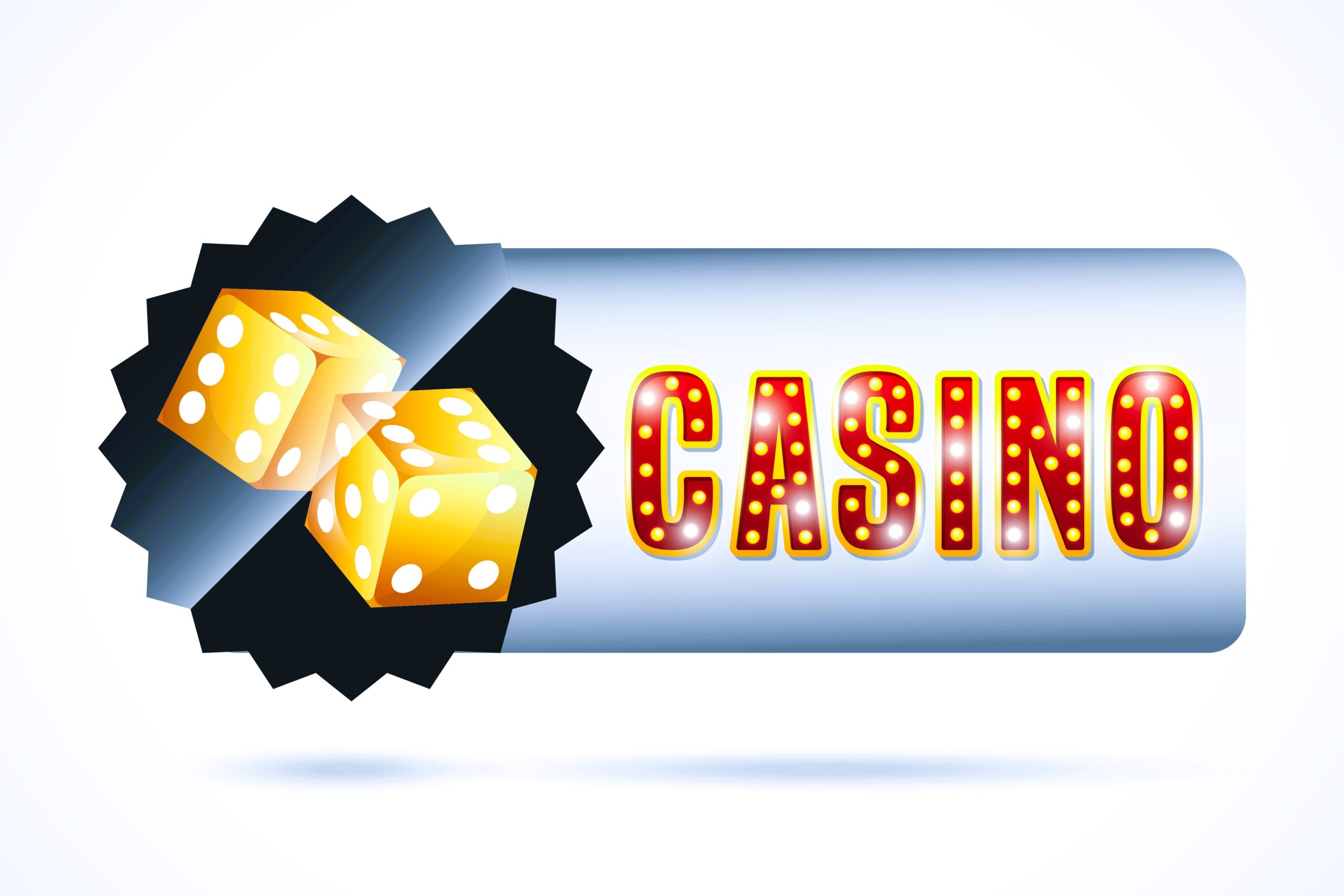Live craps in Indian casinos is one of the most exciting and fast-paced games you can play. But, just like any game, it has its own set of rules and etiquette that you need to know before jumping into the action. Whether you’re a seasoned pro or a newbie, understanding these rules will help you enjoy the game even more. In this article, we’ll break down the rules of live craps, tips to improve your chances, and everything else you need to know about playing craps in Indian casinos.
What is Craps?
Craps is an exciting and dynamic dice game played with two six-sided dice. The main goal is for players to place bets on the outcome of the roll or series of rolls. Each roll of the dice can result in a variety of possible outcomes, making the game unpredictable and full of tension. It’s this unpredictability that keeps players engaged, as the anticipation of what the dice will show next creates an electric atmosphere.
In the game, players can bet on specific numbers appearing on the dice, combinations of numbers, or even certain outcomes like whether a 7 or 11 will be rolled. This wide array of betting options adds layers of strategy to the game, as players must decide where to place their chips based on their predictions and understanding of the odds.
In a live casino setting, especially in Indian casinos, craps takes on an added dimension due to the interaction between the dealer and the players. The presence of a live dealer helps guide the game and adds a sense of realism and excitement that digital or automated craps games lack. Players watch as the dealer rolls the dice and participate by making their bets at the table, contributing to a more immersive experience.
Although craps is primarily a game of chance, players who are familiar with the rules and betting strategies can make informed decisions that could improve their chances of winning. By understanding the odds of various bets and the flow of the game, players can influence their experience, even if they can’t control the outcome of the dice rolls. Ultimately, craps is as much about enjoying the thrill of the game and the camaraderie of fellow players as it is about winning.
Basic Craps Rules for Beginners
- The Shooter
In craps, the player who rolls the dice is called the shooter. The shooter’s role is crucial, as they are responsible for setting the pace of the game. The shooter must first place a bet before they roll the dice. Typically, they will place a bet on the Pass Line or the Don’t Pass Line, but they can choose other betting options as well. The dice are rolled by the shooter, and their success or failure can impact the flow of the game, affecting other players’ bets. - The Come-Out Roll
The first roll of the dice is known as the come-out roll. This roll is important because it determines the point number, or the initial phase of the round. If the shooter rolls a 7 or 11 on the come-out roll, they immediately win, and the round ends. However, if the shooter rolls a 2, 3, or 12, they lose, and the round is over. Any other number rolled (4, 5, 6, 8, 9, or 10) becomes the point, and the shooter will continue rolling until they hit that number again or roll a 7. - The Point
If the come-out roll results in a number between 4 and 10 (excluding 7 or 11), that number becomes the point. Once a point is established, the shooter continues rolling the dice, aiming to roll the point number again before a 7 is rolled. The shooter must continue to roll until one of these two outcomes occurs: either they hit the point number, which results in a win, or they roll a 7, which results in a loss. This phase is where the suspense builds, as players anxiously watch the dice. - Pass Line and Don’t Pass Line
The Pass Line and Don’t Pass Line bets are two of the most common and fundamental bets in craps. A Pass Line bet is placed before the come-out roll. If the shooter rolls a 7 or 11 on the come-out roll, the Pass Line bet wins. However, if the shooter rolls a 2, 3, or 12, the Pass Line bet loses. If any other number (4, 5, 6, 8, 9, or 10) is rolled, that number becomes the point, and the player’s bet remains in play. - On the other hand, a Don’t Pass Line bet is the opposite of the Pass Line. This bet wins if the shooter rolls a 2 or 3 on the come-out roll, while a roll of 7 or 11 results in a loss. If a 12 is rolled, it’s a push, meaning no one wins or loses. If the come-out roll results in a point, the Don’t Pass Line bet wins if a 7 is rolled before the point number.
How Live Craps Works in Indian Casinos
| Aspect | Description | Role in Live Craps | Interaction | Difference from Virtual Craps |
| Live Dealers | In live craps, a real dealer rolls the dice and oversees the game. | The dealer guides the game, announces winning bets, and ensures the game runs smoothly. | Players interact directly with the dealer, asking questions or seeking assistance. | In virtual craps, there is no live interaction—everything is automated. |
| Betting Table | The betting table is where players place their chips on different betting options. | Players choose from a range of bets, such as Pass Line, Don’t Pass Line, Come, Don’t Come, and prop bets. | Players place chips on the table to make bets and adjust them as the game progresses. | In virtual craps, the betting options are typically displayed digitally. |
| Live Stream | In some Indian casinos, especially online versions, craps games are streamed live. | Players can watch the dice roll live and make their bets in real-time, often from the comfort of their home. | Players interact through a chat interface and can watch the game unfold via the live stream. | Virtual craps often involve simulated dice rolls and no live video feed. |
| Physical Setup | The game is played at a physical craps table with real dice and chips. | Players sit around the table, and the dealer handles the dice. Players take turns rolling or making bets. | Real chips and dice are used, and physical placement of bets is required. | Virtual craps tables are digital and don’t involve real dice or chips. |
| Game Flow | The game flows with live interaction and immediate feedback. | Players place bets, the dealer rolls the dice, and the outcome is communicated directly to everyone at the table. | Players experience the thrill of a live, fast-paced game with immediate results. | In virtual craps, there’s often a delay, and the game moves more slowly. |
Understanding Craps Bets: The Main Betting Options
Craps is a game full of excitement, and the various betting options add to the thrill. Each type of bet has its own odds and potential payouts, making it important for players to understand the different ways they can wager. Let’s dive into some of the most common bets you’ll encounter at the craps table.
The Pass Line Bet is the most common wager in craps. It is placed on the Pass Line before the come-out roll. If the shooter rolls a 7 or 11 on the come-out roll, you win. If a 2, 3, or 12 is rolled, you lose. Any other number rolled becomes the point, and you continue betting until the point is rolled again or a 7 appears. This bet is straightforward and popular due to its relatively low house edge.
The Don’t Pass Line Bet is essentially the opposite of the Pass Line bet. In this case, you’re betting that the shooter will roll a 2 or 3 on the come-out roll. If a 12 is rolled, it’s a push, meaning neither you nor the casino wins. If a 7 or 11 is rolled, you lose. If a point is established, your bet wins if the shooter rolls a 7 before hitting the point again. While this bet is less commonly placed, it offers favorable odds for players willing to bet against the shooter.
The Come Bet is similar to the Pass Line bet but is placed after the come-out roll. If the shooter rolls a 7 or 11, you win, and if a 2, 3, or 12 is rolled, you lose. Any other number becomes the point, and you continue betting until the point is rolled again. The Come Bet is a great option for players looking to join the action after the come-out roll has already been made. It’s easy to understand and is one of the most common bets placed during the game.
The Don’t Come Bet is the reverse of the Come Bet. In this case, you’re betting that the shooter will roll a 2 or 3. If a 7 or 11 is rolled, you lose, and if a point is established, you win if a 7 is rolled before the point is hit again. The Don’t Come Bet mirrors the structure of the Don’t Pass Line Bet but is made after the come-out roll. It’s a bet against the shooter, offering a similar house edge to the Don’t Pass Line.
Advanced Craps Bets: Prop Bets and Other Options
For those looking to spice up the action in craps, there are several advanced prop bets you can place.
- Field Bet
- A Field Bet is a one-roll wager that the next roll will result in a 2, 3, 4, 9, 10, 11, or 12.
- The payout varies depending on the number rolled, with 2 or 12 typically offering the highest payout.
- While this is a quick and exciting bet, it’s considered riskier since you’re betting on the result of a single roll.
- This bet can be placed after each roll, adding a dynamic element to the game as it changes with every round.
- Place Bets
- Place Bets are wagers placed on specific numbers: 4, 5, 6, 8, 9, or 10.
- To win, the selected number must be rolled before a 7.
- Place Bets can be made at any time during the game, and you can bet on multiple numbers at once.
- These bets offer different payouts depending on the number chosen, with numbers like 6 and 8 offering slightly better odds due to their frequency of being rolled.
- Hardways Bet
- A Hardways Bet is placed on a pair of identical numbers, such as two 4s or two 10s.
- This bet wins if the shooter rolls the specific pair (like 2+2 for 4) before a 7 or the “easy way” (such as 3+1 for 4).
- The Hardways Bet has higher payouts because it’s a less likely outcome, especially compared to rolling the “easy way” numbers.
- This bet is often favored by players who enjoy the challenge of predicting more specific outcomes during the game.
Craps Etiquette and Tips for Indian Casinos
| Etiquette/Tips | Description | Purpose | Player Action | Why It’s Important |
| Understand the Table | Craps tables can be intimidating at first due to their complex layout. Take time to study the table and understand the betting areas. | Familiarity with the table layout will help you feel more confident and avoid mistakes during gameplay. | Observe the table layout and listen to the dealer’s instructions, especially when it’s your turn to roll. | Helps to build confidence and ensure you place your bets correctly. |
| Be Respectful to Other Players | Craps is a social game, and respect for others at the table creates a more enjoyable environment for everyone involved. | Positive interactions make the game more enjoyable for all players. | Be friendly, avoid disruptive behavior, and allow others their turn to roll the dice. | A respectful attitude promotes a fun and comfortable atmosphere. |
| Manage Your Bankroll | Set a budget before you start playing and stick to it, as craps can be fast-paced and exciting. | Ensures that you don’t overspend, helping to maintain a balanced approach to playing. | Set a limit for how much you’re willing to lose before you start, and stop playing once you reach that limit. | Protects you from excessive losses and keeps the game fun. |
| Don’t Touch the Dice After Rolling | Once the shooter has rolled the dice, avoid touching them. It keeps the game fair and ensures the roll is properly recorded. | Maintains the integrity of the game by preventing any tampering with the dice after the roll. | Refrain from touching the dice once they’ve been thrown and wait for the dealer to call the result. | Keeps the game fair and ensures no disruptions to the game flow. |
| Know When to Walk Away | Don’t let emotions dictate your betting decisions. Knowing when to take a break or stop playing is crucial in maintaining a positive experience. | Knowing when to stop can prevent losses and help you walk away with profits. | Stop playing if you’ve reached your budget limit or if you feel frustrated or emotionally charged. | Helps maintain emotional control and ensures you leave on a positive note. |
The Role of Technology in Live Craps at Indian Casinos
Technology has played a significant role in transforming the way craps is played, especially in Indian casinos. As the gaming industry continues to embrace digital platforms, the introduction of live-streamed games and virtual interactions has brought craps to a broader audience, allowing players from around the world to participate in the game without having to physically be at the casino. These innovations have made craps more accessible, immersive, and convenient, offering a new dimension to the traditional casino experience.
Live-streamed games are one of the most exciting technological advancements in live craps at Indian casinos. With high-quality video feeds, players can watch the dice roll in real-time, just as they would at a physical table. This allows for a more authentic experience, where the thrill of the game is enhanced by the live interaction with a real dealer. Additionally, players can place their bets and follow the action from the comfort of their homes, making the game both convenient and engaging.
Another crucial advancement is the introduction of advanced betting systems. Online platforms use sophisticated software to track bets and ensure fair play. These systems provide instant feedback and allow for seamless gameplay, making it easier for players to understand their odds and make decisions during the game. The use of such technology reduces the potential for human error, ensuring that every bet is accurately recorded, and players’ winnings are promptly calculated.
Virtual interaction with dealers is another way technology enhances the live craps experience in Indian casinos. Unlike traditional online gambling, where players interact with automated systems, live craps games offer the chance to communicate with real dealers. Through live chat functions, players can ask questions, receive game updates, and even chat casually with the dealers or other players at the table. This creates a social and interactive environment, making the game more enjoyable and relatable for players who might feel intimidated by the fast-paced nature of a physical craps table.




